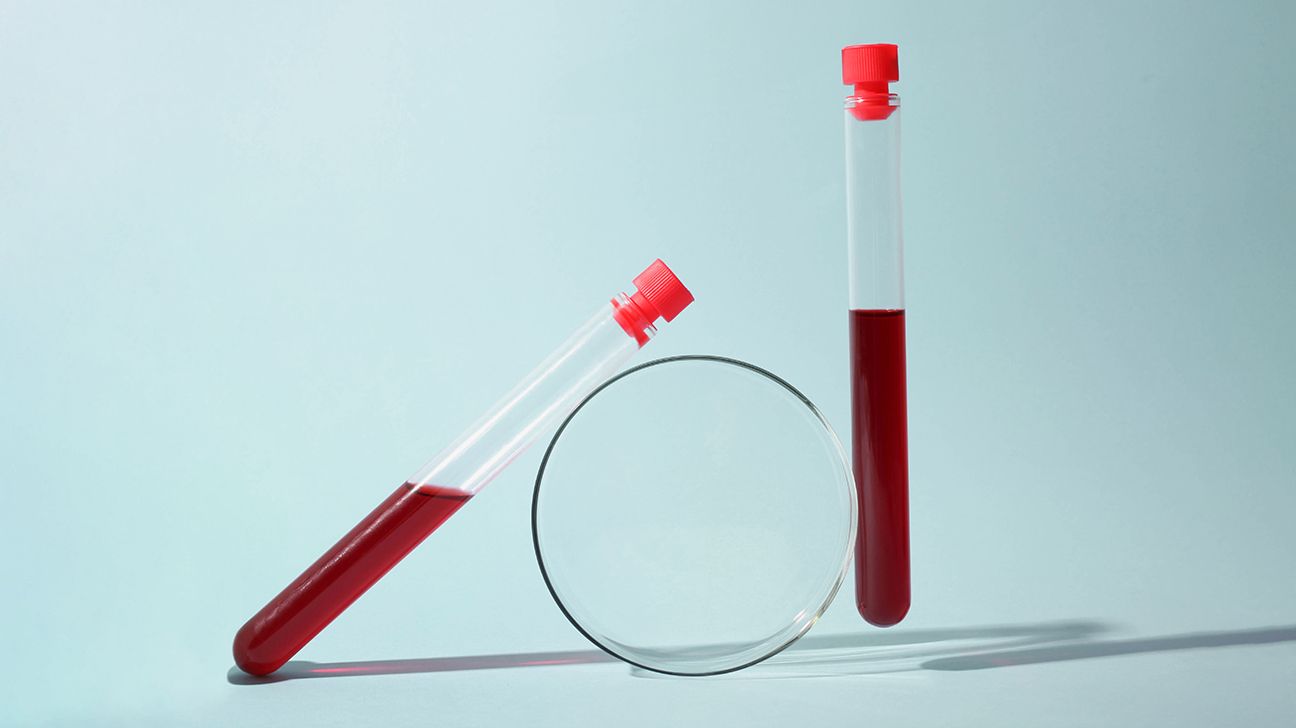Doctors diagnose anemia when a blood test shows hemoglobin levels of less than 13.5 grams per deciliter (g/dL) for men or 12.0 g/dL for women. If you have slightly higher red blood cell counts and anemia symptoms, this indicates borderline anemia.
Anemia is a condition that happens when your body has is a decreased number of red blood cells, decreased hemoglobin (the protein in the blood that carries oxygen), or decreased hematocrit (the percentage of red blood cells circulating in the blood).
Generally, anemia is classed mild, moderate, or severe. However, if you have a red blood cell count just above the levels for mild anemia, you may still experience symptoms. This is called borderline anemia.

Anemia is a condition that occurs when you don’t have enough red blood cells or when the red blood cells you have don’t function the way they should.
Typically, doctors diagnose anemia after a blood test shows hemoglobin levels of less than 13.5 grams per deciliter (g/dL) for men or less than 12.0 g/dL for women. However, sometimes, people with levels just above the diagnostic cut-off point can have anemia symptoms. This is borderline anemia.
Borderline anemia is very common. It
- Low iron: Iron deficiency anemia is the most common type of anemia.
- Vitamin deficiency: Your body needs specific vitamins, such as vitamin B12 and folate, to make red blood cells.
- Blood loss: Sometimes, blood loss from injury, recent surgery, ulcer, or heavy menstrual bleeding can cause borderline anemia.
- Pregnancy: During pregnancy, the body produces additional blood to help support the fetus. This increased blood volume can reduce the percentage of red blood cells, leading to borderline anemia.
- Chronic conditions: Several conditions, including those affecting your organs, such as kidney disease and liver disease, as well as viral conditions, such as hepatitis, can change how your body produces red blood cells.
- Medications: Certain medications can affect the way your body produces blood cells. This can lead to borderline anemia.
People with borderline anemia might not experience any symptoms. When they do, symptoms are typically mild. Symptoms might be more noticeable during stress or while you are exercising.
Common
- weakness
- fatigue
- dizziness
- lightheadedness
- shortness of breath
- cold hands and feet
- headaches
- irregular or racing heartbeat
The best way
You might not need treatment for borderline anemia. If you don’t have symptoms, your doctor might just want to monitor your red blood cell count. They might suggest that you have another CBC at your next appointment to make sure your borderline anemia hasn’t progressed.
If you do have symptoms or if your doctor is concerned your borderline anemia is already progressing,
- Changes to your diet: This might include increasing the amount of iron, B12, or other nutrients in your diet. Your doctor will help you understand what foods will help treat your borderline anemia.
- Switching medication: Since medications sometimes cause borderline anemia, it might prompt your doctor to change your medication or your medication dosage.
- Treatment of your underlying condition: Borderline anemia may result from a range of conditions. Treating the underlying condition can also help treat borderline anemia.
If your anemia progresses, you might need additional treatments. This could include supplements or transfusions.
Borderline anemia can progress to more serious anemia. Severe anemia can cause low oxygen levels throughout the body. When this happens, your organs don’t get the oxygen they need to function. It can lead to heart failure.
Borderline anemia typically doesn’t cause harm or long-term health consequences. Often, it can be resolved quickly. However, without treatment, borderline anemia can sometimes progress to more serious forms of anemia. These can be more difficult to treat and might cause more severe symptoms.
Can borderline anemia make you feel tired?
Yes. Some people with borderline anemia experience fatigue.
Should I exercise if I have borderline anemia?
Doctors generally recommend exercise for people with borderline, mild, or moderate anemia. For some tips on exercising with anemia, check out this guide.
Can you drink coffee if you’re borderline anemic?
Coffee doesn’t have an effect on iron absorption or on how your body produces blood cells. That means it’s typically safe for people with borderline anemia to drink coffee.
Anemia is a condition that happens when your body doesn’t make enough red blood cells, or your red blood cells don’t work as they should.
Sometimes, people with red blood cell levels just above the level for anemia still experience symptoms. This is considered borderline anemia, and it can sometimes progress to more serious anemia.
Treatment depends on a variety of factors but might include making changes to your diet, switching medications, or treating an underlying condition.
